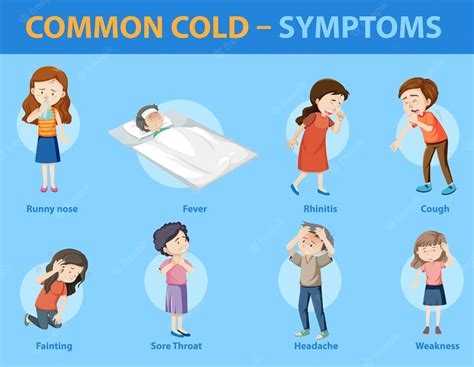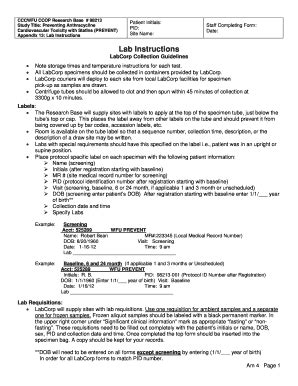Intro
Discover what causes common cold, including viruses, low immunity, and environmental factors, and learn about symptoms, prevention, and treatment options for this contagious respiratory illness.
The common cold is a widespread and highly contagious illness that affects millions of people worldwide every year. It is a viral infection that targets the upper respiratory system, including the nose, throat, and lungs. Despite its prevalence, the common cold remains a complex and not fully understood condition, with many factors contributing to its development and progression. In this article, we will delve into the causes of the common cold, exploring the various viruses, risk factors, and mechanisms that lead to this ubiquitous illness.
The common cold is a significant public health concern, with the average adult experiencing two to three episodes per year. Children, on the other hand, may suffer from six to eight colds annually. The economic burden of the common cold is substantial, with estimated costs exceeding $40 billion annually in the United States alone. Moreover, the common cold can have a significant impact on an individual's quality of life, causing missed workdays, decreased productivity, and emotional distress.
Understanding the causes of the common cold is essential for developing effective prevention and treatment strategies. Research has identified over 200 different viruses that can cause the common cold, with the most common being rhinoviruses, coronaviruses, adenoviruses, and respiratory syncytial viruses. These viruses can spread through the air when an infected person talks, coughs, or sneezes, or by touching contaminated surfaces and then touching the eyes, nose, or mouth.
Viruses that Cause the Common Cold

Rhinoviruses are the most common cause of the common cold, accounting for approximately 30-50% of all cases. These viruses are highly contagious and can spread quickly through the air or by touching contaminated surfaces. Coronaviruses, on the other hand, are responsible for around 10-20% of common cold cases. Adenoviruses and respiratory syncytial viruses are also significant contributors to the common cold, particularly in children and older adults.
Risk Factors for the Common Cold
Several risk factors can increase an individual's susceptibility to the common cold. These include: * Weakened immune system * Poor nutrition * Lack of sleep * Stress * Smoking * Exposure to allergens and pollutants * Close contact with someone who has a coldHow the Common Cold Spreads

The common cold can spread through various routes, including:
- Airborne transmission: When an infected person talks, coughs, or sneezes, they release viral particles into the air, which can be inhaled by others.
- Contact transmission: Touching contaminated surfaces, such as doorknobs, light switches, or countertops, and then touching the eyes, nose, or mouth can spread the virus.
- Close contact: Being in close proximity to someone who has a cold, such as living with them or sharing a workspace, can increase the risk of transmission.
Prevention Strategies
While there is no cure for the common cold, several prevention strategies can help reduce the risk of infection. These include: * Practicing good hygiene, such as washing hands frequently and avoiding touching the eyes, nose, and mouth * Avoiding close contact with someone who has a cold * Getting enough sleep and maintaining a healthy diet * Managing stress and avoiding smoking * Staying physically active and getting regular exerciseTreatment Options for the Common Cold

While there is no cure for the common cold, several treatment options can help alleviate symptoms and reduce the duration of the illness. These include:
- Over-the-counter medications, such as pain relievers and decongestants
- Rest and hydration
- Using a humidifier to add moisture to the air
- Trying steam inhalation to loosen mucus
- Using saline nasal sprays or drops to moisturize the nasal passages
Complications of the Common Cold
In some cases, the common cold can lead to complications, such as: * Sinus infections * Ear infections * Bronchitis * Pneumonia * Asthma exacerbationsFuture Directions in Common Cold Research

Researchers are working to develop new treatments and prevention strategies for the common cold. Some promising areas of research include:
- Developing vaccines against specific cold viruses
- Investigating the role of the microbiome in cold susceptibility and severity
- Exploring the potential benefits of probiotics and prebiotics in preventing and treating the common cold
- Developing more effective and targeted treatments for cold symptoms
Conclusion and Final Thoughts
The common cold is a complex and multifaceted illness that affects millions of people worldwide every year. Understanding the causes of the common cold, including the various viruses and risk factors, is essential for developing effective prevention and treatment strategies. By practicing good hygiene, avoiding close contact with someone who has a cold, and maintaining a healthy lifestyle, individuals can reduce their risk of infection. Further research is needed to develop new treatments and prevention strategies, but with continued advances in our understanding of the common cold, we may one day be able to reduce the burden of this ubiquitous illness.We invite you to share your thoughts and experiences with the common cold in the comments below. Have you found any effective prevention or treatment strategies? What do you think is the most significant challenge in managing the common cold? Share this article with your friends and family to help spread awareness about the common cold and its causes.
What is the most common cause of the common cold?
+Rhinoviruses are the most common cause of the common cold, accounting for approximately 30-50% of all cases.
How can I prevent the common cold?
+Practicing good hygiene, avoiding close contact with someone who has a cold, and maintaining a healthy lifestyle can help reduce the risk of infection.
What are the complications of the common cold?
+In some cases, the common cold can lead to complications, such as sinus infections, ear infections, bronchitis, pneumonia, and asthma exacerbations.
Is there a cure for the common cold?
+There is no cure for the common cold, but several treatment options can help alleviate symptoms and reduce the duration of the illness.
How long does the common cold last?
+The common cold typically lasts for 7-10 days, but some symptoms can persist for up to 2 weeks.
